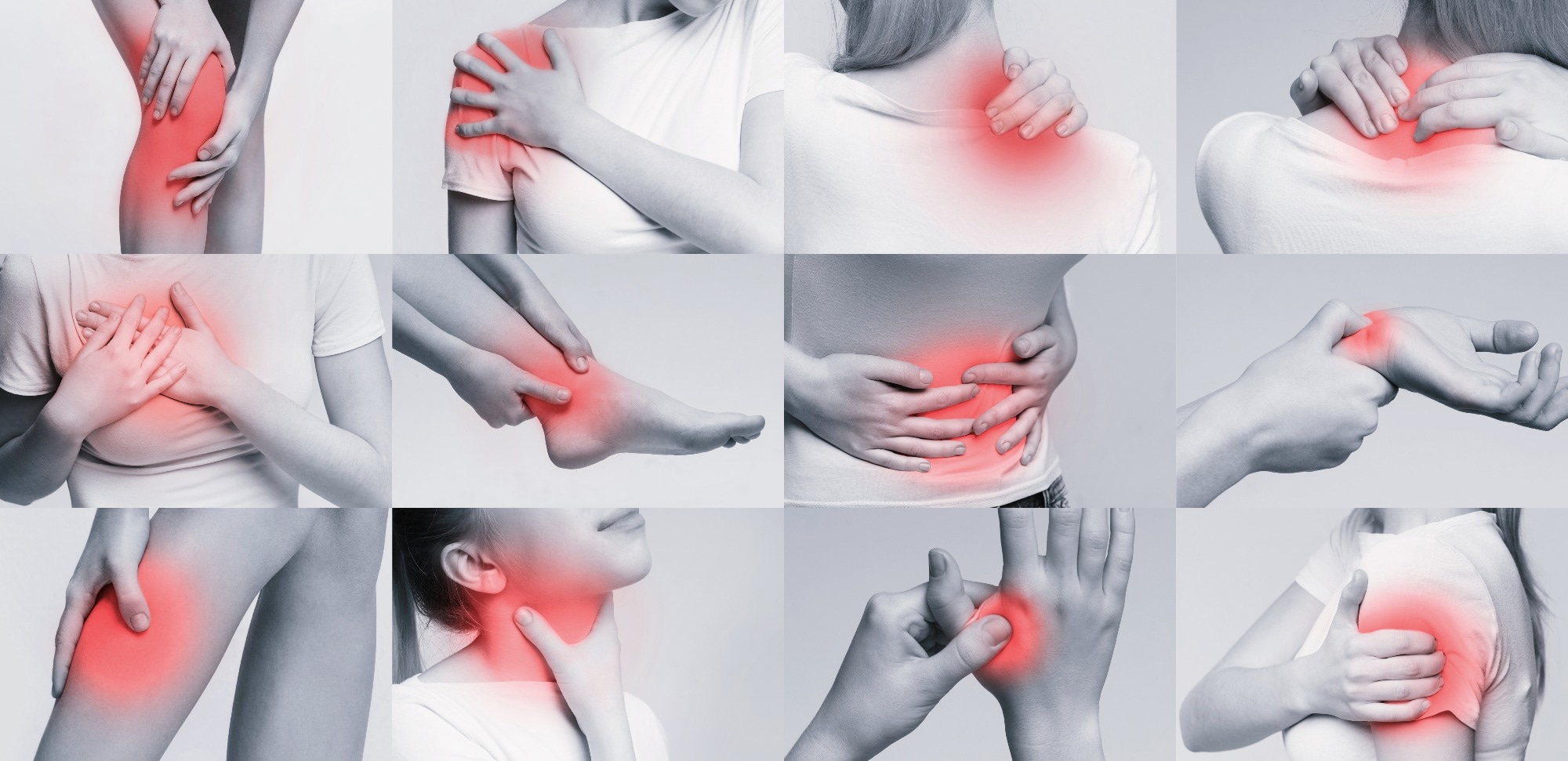New study reveals that men rely on opioid-based systems to relieve pain while women may use unknown pathways, urging the development of sex-specific pain treatments.
 Study: Self-regulated analgesia in males but not females is mediated by endogenous opioids. Image Credit: Prostock-studio / Shutterstock
Study: Self-regulated analgesia in males but not females is mediated by endogenous opioids. Image Credit: Prostock-studio / Shutterstock
In a recent study published in the journal PNAS Nexus, researchers in the United States utilized a rigorously designed double-blinded, counterbalanced study design comprising two distinct clinical trials involving 98 participants (51 females) to validate that men and women experience pain differently and unravel the mechanisms underpinning these differences. Naloxone (an opioid antagonist; case) versus saline (placebo; control) were tested for their pain-relieving properties under conditions of noxious heat and meditation.
Study findings revealed that meditation substantially reduced noxious pain in both male and female control cohorts. In the female cohort, naloxone administration did not alter pain responses significantly, but the same was not observed in the male cohort, highlighting that females may not rely on the self-regulated analgesia mechanism employed by male bodies for pain management. Together, these findings suggest a need for additional research aimed at unraveling the mechanisms of female pain management and sex-specific considerations when designing pain management interventions in the future.
Background
It is a medically well-established fact that compared to their male counterparts, female patients are disproportionately afflicted by chronic pain. This results in females routinely being prescribed more potent opioids at more frequent consumption rates. Opioids are ‘feel good’ compounds that bind to pleasure receptors in brains, replacing pain with pleasurable sensations. They are naturally produced in response to pain in a process called ‘endogenous opioidergic involvement.’
Unfortunately, for reasons not fully understood, female patients are frequently observed to respond poorly (low treatment efficacy) to routine opioids, resulting in longer-lasting pain severity and increased morbidity. Alarmingly, women often respond by escalating their painkiller dosages, resulting in the development of unhealthy drug dependencies without sufficient therapeutic relief. While recent bodies of evidence suggest that females (rodents and humans) may use alternative, non-opioid-based pain modulation mechanisms, the historical absence of women’s inclusion in pain research has ensured that conventional pain interventions remain gender-agnostic.
“The identification of sex-specific differences in the endogenous opioid system during acute pain relief has been largely overlooked,” the researchers noted. Differences between pain-free and chronic pain populations in opioid receptor availability further complicate this.
About the Study
The present study aimed to address existing sex-dependent pain management knowledge gaps by leveraging data from two randomized clinical trials (NCT03419858; NCT04034004) with closely aligned study methodologies designed to explore the roles of opioids and meditation in pain relief across sexes. Both studies comprised adult (ages 18-65) participants divided into ‘healthy’ (study 1; n = 39) and ‘chronic low back pain (cLBP; n = 59)’ (study 2) cohorts. Participants were classified as ‘cases’ (meditation + naloxone) and controls (sham mediation + saline placebo).
The total participant cohort comprised 98 patients (47 male, 51 female), with those having prior meditation experience, blood test-confirmed opioid use, pregnancies, or back surgeries during the preceding year excluded from experimental procedures. The study intervention involved cases being educated on meditation over four 20-minute, remotely conducted sessions. Controls were led to believe they were in the meditation cohort and were prescribed equivalent meditation durations as cases but without guidance or supervision.
For pain evaluations, the pain was simulated using noxious (yet harmless) heat (49 °C) applied to participants’ right calves. Drug interventions involved the intravenous delivery of naloxone (high dose – 0.15 mg/kg in 25 mL of normal saline) to cases and placebo (25 mL of normal saline) to controls. An 11-point VAS scale was used to measure participant pain responses. Statistical testing of the study hypothesis was carried out using analysis of variance (ANOVA) models.
Study Findings
Participant summary statistics revealed that females had a mean age of 37.6, males had a mean age of 39.4, and 78 participants were of White race/ethnicity. Experimental findings highlight that meditation significantly reduced pain sensations in both males and females. However, the addition of naloxone attenuated the pain-relieving effects of meditation in males while leaving female pain responses largely unchanged. Naloxone is an opioid antagonist, blocking the effects of endogenous opioids on their receptors. This finding suggests that male bodies utilize endogenous opioids for intrinsic pain management, while women may rely on alternative yet unknown mechanisms to achieve similar pain relief.
Comparisons between pain-free and cLBP patients revealed that the beneficial effects of meditation were substantially higher in the latter cohort. Interestingly, these benefits were statistically indistinguishable between men and women, highlighting meditation’s utility as an intervention against chronic pain.
Conclusions
The present study provides compelling evidence for sex-specific differences in the mechanisms of intrinsic pain management. While men routinely use endogenous opioids for pain relief, the same is not true of women. Consequently, female bodies respond significantly worse to opioid-based clinical interventions compared to men. These findings highlight the need for sex-specific pain therapies, especially given that most conventional pain interventions are optimized for men and involve biological pathways with poor efficacy in women.
“Dependence develops because people start taking more opioids when their original dosage stops working,” said Fadel Zeidan, Ph.D., professor of anesthesiology and Endowed Professor in Empathy and Compassion Research at UC San Diego Sanford Institute for Empathy and Compassion. “Although speculative, our findings suggest that one reason females are more likely to become addicted to opioids is that they’re biologically less responsive to them and need to take more to experience any pain relief.”
These findings underscore the importance of continued research into non-opioid pain relief strategies, particularly for women.
Journal reference:
- Jon G Dean, Mikaila Reyes, Valeria Oliva, Lora Khatib, Gabriel Riegner, Nailea Gonzalez, Grace Posey, Jason Collier, Julia Birenbaum, Krishnan Chakravarthy, Rebecca E Wells, Burel Goodin, Roger Fillingim, Fadel Zeidan, Self-regulated analgesia in males but not females is mediated by endogenous opioids, PNAS Nexus, Volume 3, Issue 10, October 2024, DOI – 10.1093/pnasnexus/pgae453, https://academic.oup.com/pnasnexus/advance-article/doi/10.1093/pnasnexus/pgae453/7821498








